Team of 16 quality engineers, responsible for product quality.
15 sets of A-class testing equipment, including Spectrometer, 3D scan, X-ray, ZEISS CMM, etc.
All products need to pass the whole process inspection, first and last parts, inspection and shipping final inspection.
All testing equipment is regularly calibrated and the record is traceable.
All products shipped to meet ROHS requirements, Reach requirements, providing EN10204 3.1 certification, CBAM data.
Product traceability, according to the product batch number to trace any shipment from the raw material incoming inspection to the warehouse materials, process inspection records, product production process parameters, both equipment and operators and other records, etc.







.png)


.png) +86-574-83036520
+86-574-83036520 +86-574-83008051
+86-574-83008051 sales@innovaw.com
sales@innovaw.com

.png)

.png)
.png)
.png)

.png)
.png)
.png)
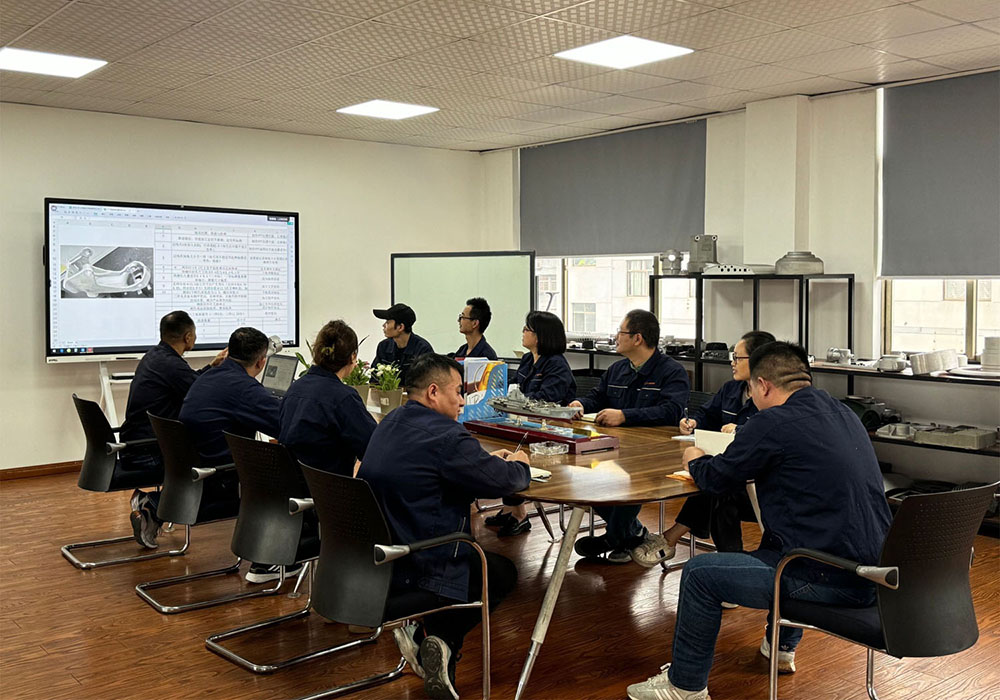
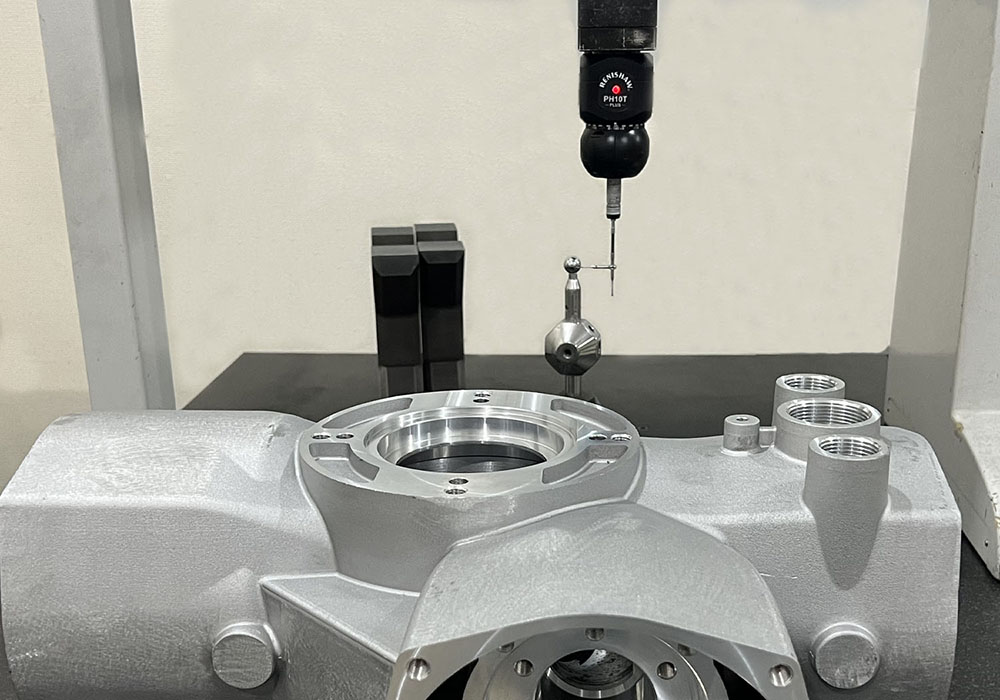
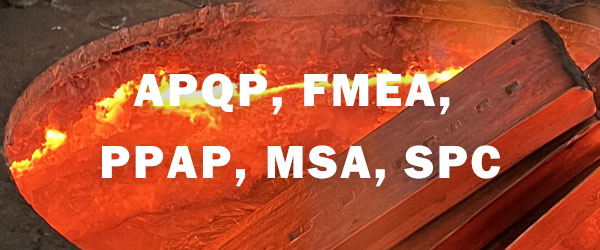
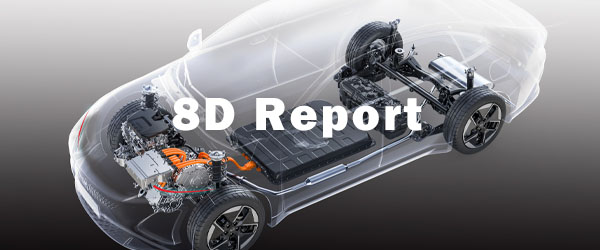
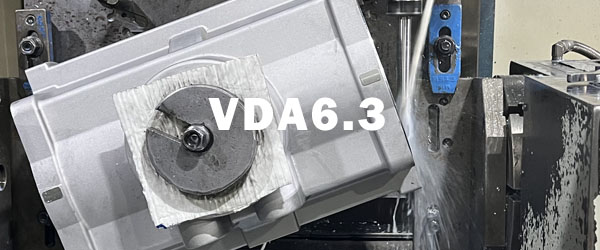
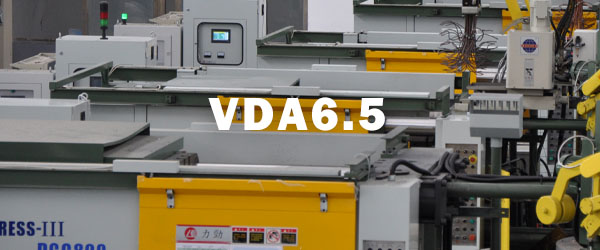





.png)

